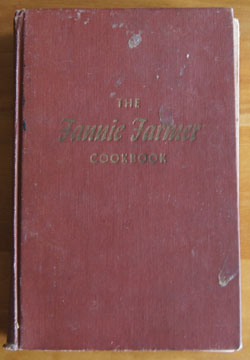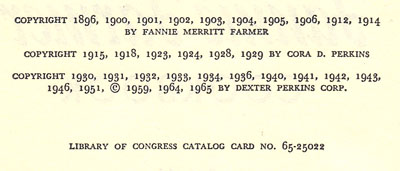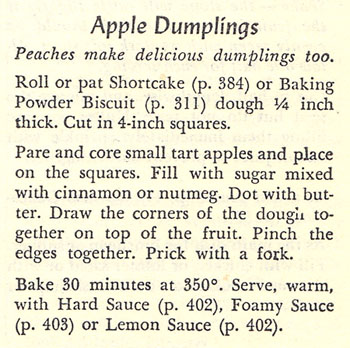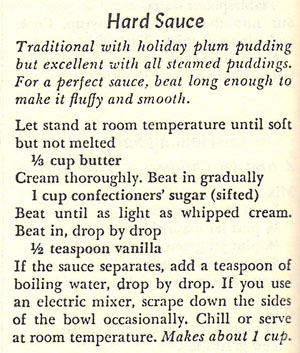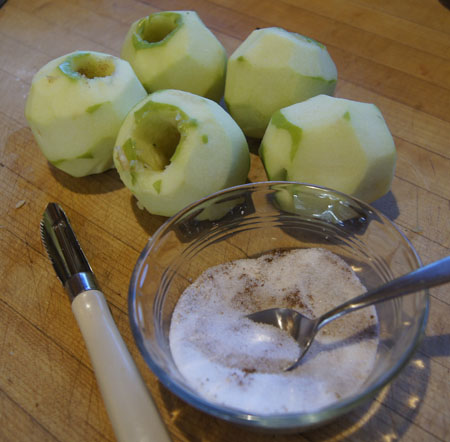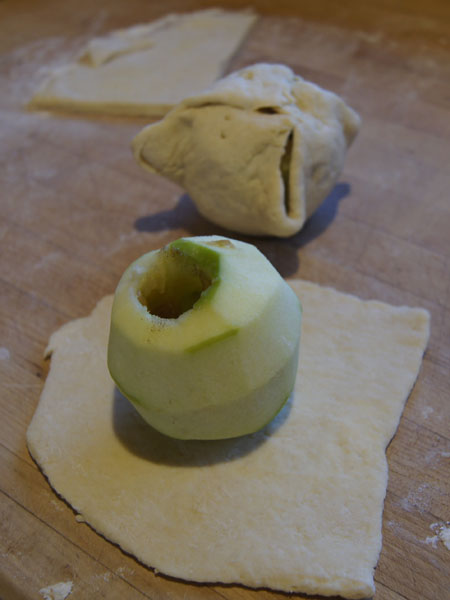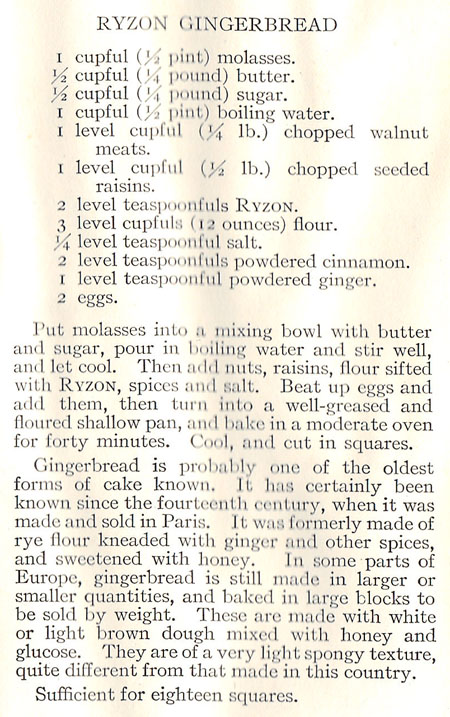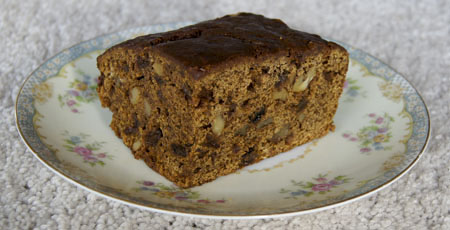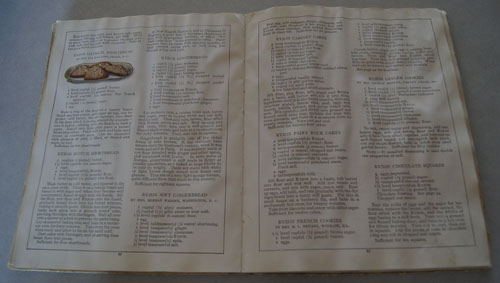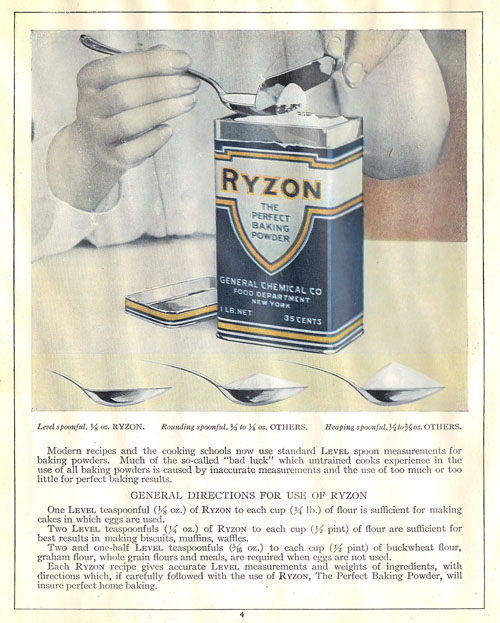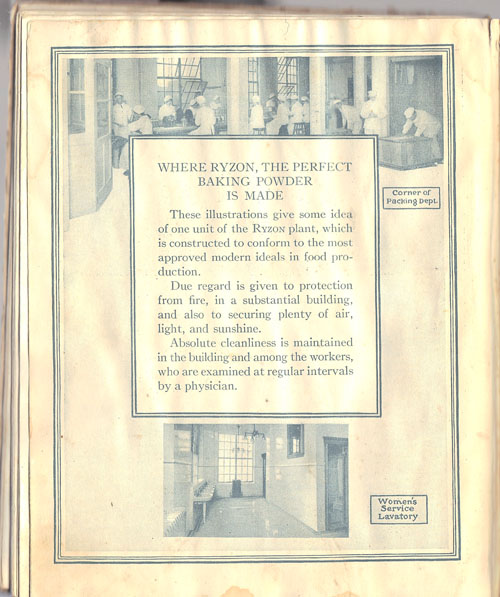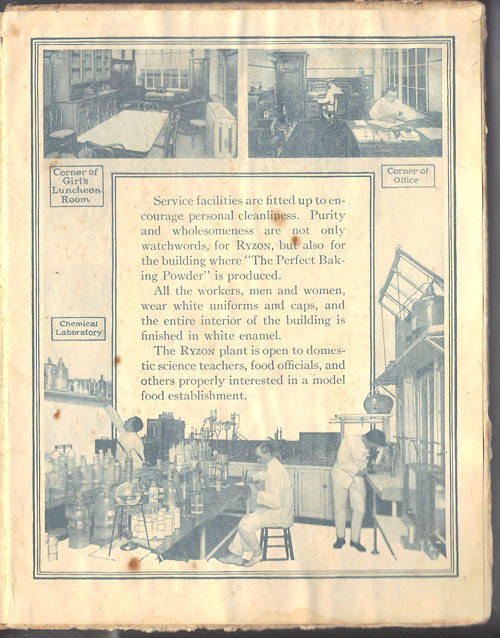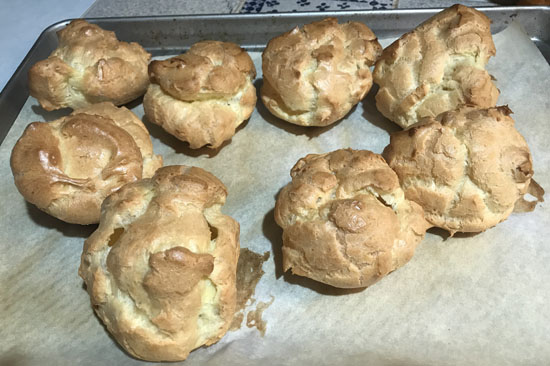
Cream puffs are little pillowy clouds of pastry that can be filled with wonderful things. Like strawberries and whipped cream! Way back when, I found a recipe for Strawberry Cream Puffs and liked the recipe so much that I hand-wrote it on a recipe card.
I got it in my mind to make cream puff shells this week – for Valentine’s Day dessert. Pretty red strawberries, very lightly sweetened, mixed with cool whip, inside puffy shells, perhaps with a little thin chocolate syrup drizzled on top . . . a dessert worthy of Valentine’s Day but, actually, light in carbohydrates. Why? Because cream puff shells are made from flour, butter, and eggs. There is only 1/2 cup of flour divided amongst 8 cream puffs, so about 50 flour calories per serving. Yes, there is a lot of butter, but . . . actually, only 1/2 tablespoon per serving, or another 50 calories. I can live with these values on the semi-low-carb diet that we are striving to pursue.
So, cream puffs. Where is my recipe? I search first in my recipe box. The recipe card is not there. I must have left it somewhere else, perhaps tucked in a cook book. I can’t find it in any books, though. Maybe I transferred the recipe to a document? I searched my “desserts” document – it is not entered there. I had almost given up, when I decided to do a wider search. Luckily I found my notes on and a recipe for cream puffs in my “appetizers” document. Below is what I wrote to myself a few years ago.
“The recipe in the Joy of Cooking (p. 597) was probably my old standby, and/or the Strawberry Cream Puffs recipe on the recipe card, until I tried the recipe below in 2010. The Joy of Cooking recipe is 1 C flour, 1 C water, 1/3 C butter plus 4-5 eggs.
“In 2010, I went to cooksillustrated.com and found their recipe, a recipe that exactly measures the eggs, and gives a temperature for the water/flour/butter mixture, and uses the Cuisinart. I tried it and liked how the cream puffs turned out. This recipe eliminates the long hand-beating of the eggs into the water/flour/butter mixture. What a relief to toss the hand-beating task! It also uses the half sheet pans and parchment that I just found out about in a recent CSR class [this dates to mid-2000s]. Although, be aware that this method makes a mess of the food processor bowl, so plan to put it in the dishwasher. I made one and a half sheet pans of the puffs, dropping by teaspoonfuls, rather than piping with a pastry bag. Never have got one of those! [Have one now!]”
Below is my new version of the Cooks Illustrated recipe. It is almost the same as the published one, but I eliminated the step that dries the cooked cream puffs in the oven. The puffs do not seem not wet inside so I skip that step.
Note: Cream puff pastry (actually, cream puff paste) is the same as Pate a Choux. (See From Julia Child’s Kitchen, pages 548-550.)
Cream Puffs, adapted from this recipe: cooksillustrated.com
- 2 eggs
- 1 egg white
- 5 tablespoons butter, cut into chunks
- 1 ounce whole milk (2 tablespoons)
- 3 ounces water (6 tablespoons)
- 1 1/2 teaspoon granulated sugar
- 1/4 teaspoon salt (use less if using salted butter)
- 1/2 cup flour
Heat the oven to 425˚. You need it hot when you are ready to put the pan of puffs in the oven. Also prepare a half sheet pan by placing a piece of parchment paper on it.
Mix together the 2 eggs and the egg white in measuring cup. If it measures more than 1/2 cup, discard the excess. Set aside.
Bring butter, milk, water, sugar, and salt to boil in saucepan over medium heat. Keep an eye on it, stirring occasionally until it reaches full boil (the butter should be fully melted). Immediately remove the pan from heat and stir in flour with a wooden spoon until combined and mixture clears sides of pan. This takes a little hard work, but only about a minute. Return the pan to low heat and cook, stirring constantly, using a smearing motion, for 3 minutes, until the mixture is “slightly shiny with wet-sand appearance and tiny beads of fat appear on bottom of saucepan”. If you have one, use an instant-read thermometer to check the temperature of this dough – it should get to 175 to 180˚.
Immediately transfer the hot dough mixture to a food processor. Process for 10 seconds to cool slightly. With machine still running, gradually add the eggs in steady stream (takes less than a minute). When all eggs have been added, stop the machine and scrape down sides of bowl. Then, process for about 30 seconds until a smooth, thick, sticky paste forms.
These are ready to bake immediately. Drop the dough onto the parchment-lined baking sheet. For large puffs, I make 8; you can also make a dozen or so smaller puffs. You can used this same dough to make elongated puffs for eclairs.
The best way to form cream puffs is by using a pastry bag. I do own one of these now, but haven’t yet used it for puffs. Sounds like a lot of mess to clean the pastry bag after use! But I am sure the puffs or eclairs would be a lot prettier than my free-form ones.
Bake 15 minutes in the 425˚ oven (do not open oven door during this cooking time). After these 15 minutes, reduce the oven temperature to 375˚. Continue to bake for another 8-10 minutes, until golden brown and firm (puffs should not be soft and squishy – you can open the oven at this time to check). Carefully transfer the puff to a wire rack to cool.
The original recipe says to cut a slit in the side of each puff, turn off the oven, prop open the oven door, and leave them for about 45 minutes, until crisp. Julia Child’s recipe also includes this step. I sure it is worth trying, but I am happy with my un-crisped cream puffs. The big free-form, un-dried puffs that I make for stuffing with strawberries and whipped cream are in the photo at top of this page. I find them perfectly acceptable!
You may have leftover puffs. From the original recipe: “Cooled puffs can be stored at room temperature for up to 24 hours or frozen in zipper-lock plastic bag for up to 1 month. Before serving, crisp room temperature puffs in 300-degree oven 5 to 8 minutes, or 8 to 10 minutes for frozen puffs.”

 Pillsbury’s Bake Off Dessert Cook Book is the last and grandest of my Pillsbury Bake-Off cookbooks. All of the others are small booklets but this one is hard-cover bound and 144 pages long. It includes recipes from “Eighteen years of Pillsbury Bake Offs”, updated with “short-cuts and the use of convenience food ingredients where possible”. (I discuss Pillsbury Bake-off cookbooks/recipe magazines more thoroughly in my blog post covering the
Pillsbury’s Bake Off Dessert Cook Book is the last and grandest of my Pillsbury Bake-Off cookbooks. All of the others are small booklets but this one is hard-cover bound and 144 pages long. It includes recipes from “Eighteen years of Pillsbury Bake Offs”, updated with “short-cuts and the use of convenience food ingredients where possible”. (I discuss Pillsbury Bake-off cookbooks/recipe magazines more thoroughly in my blog post covering the 
 These were excellent. Except for the crust, they aren’t terribly rich. The next night, I made another batch of the cherry mixture and served them with ice cream. Yum!
These were excellent. Except for the crust, they aren’t terribly rich. The next night, I made another batch of the cherry mixture and served them with ice cream. Yum!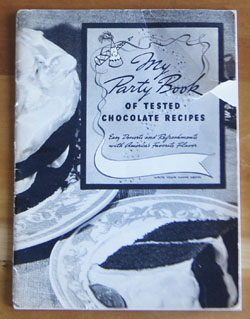 1938. It’s amazing this vintage cookbook has lasted this long! One tear in the front cover is the only flaw. I open to the first page:
1938. It’s amazing this vintage cookbook has lasted this long! One tear in the front cover is the only flaw. I open to the first page: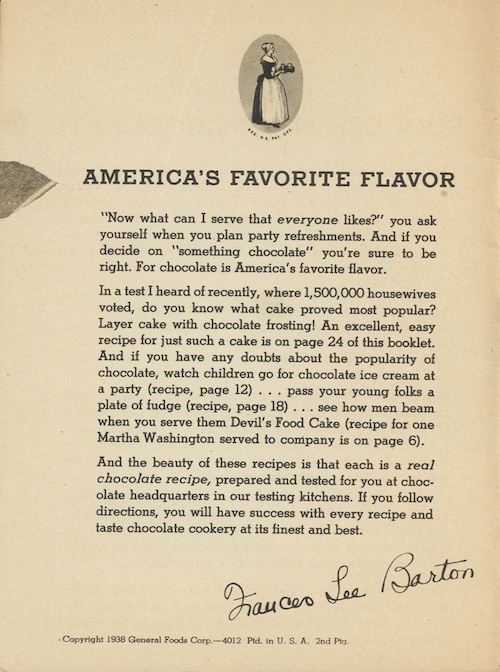 “How to have success with chocolate” is the second page:
“How to have success with chocolate” is the second page: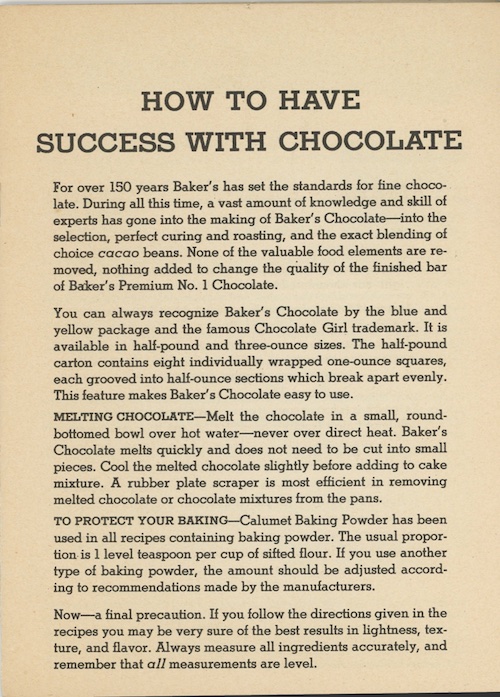 “For over150 years Baker’s has set the standards for fine chocolate”. Since this book was published in 1938, that means Baker’s Chocolate was formed in 1788 or earlier. Let’s check. I pull up Wikipedia’s entry for
“For over150 years Baker’s has set the standards for fine chocolate”. Since this book was published in 1938, that means Baker’s Chocolate was formed in 1788 or earlier. Let’s check. I pull up Wikipedia’s entry for 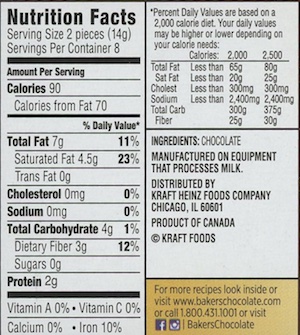 From the above label, we can see that one-half an ounce of baking chocolate has 90 calories, 78% from from fat, with a small amount of dietary fiber and 2 grams of protein. No vitamin A or C, no calcium, but some iron. Valuable food elements, yes, I guess. But nowadays – unlike 1938 – chocolate, especially dark chocolate, has been found to be chock-full of trace nutrients and antioxidants and more, as in this article on
From the above label, we can see that one-half an ounce of baking chocolate has 90 calories, 78% from from fat, with a small amount of dietary fiber and 2 grams of protein. No vitamin A or C, no calcium, but some iron. Valuable food elements, yes, I guess. But nowadays – unlike 1938 – chocolate, especially dark chocolate, has been found to be chock-full of trace nutrients and antioxidants and more, as in this article on 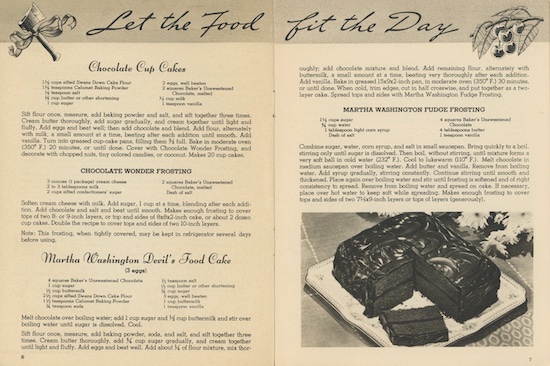
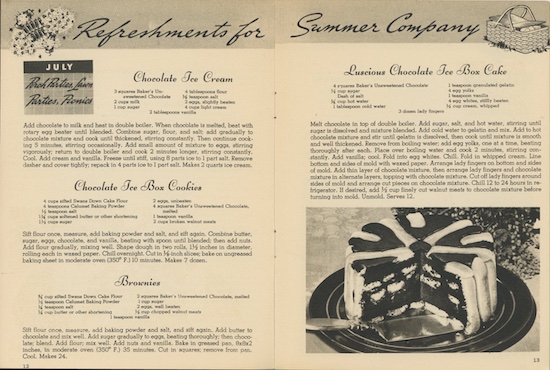
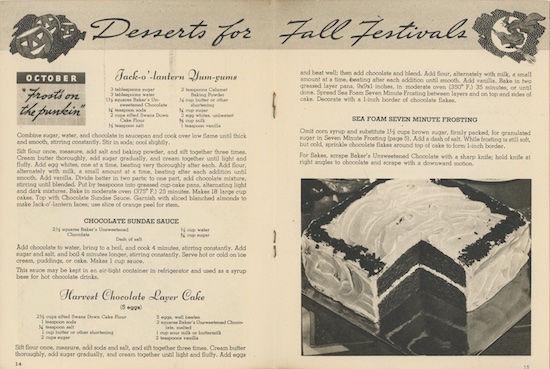

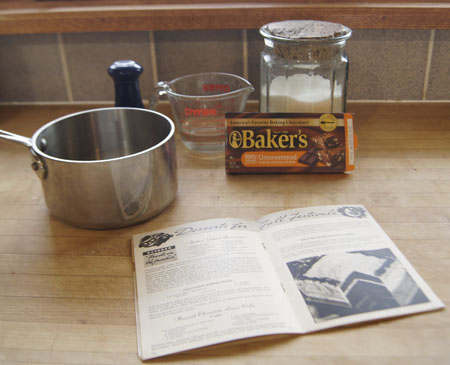 Here’s my helper, doing the stirring chores!
Here’s my helper, doing the stirring chores! Later, after dinner, we enjoyed the sauce over vanilla ice cream and berries.
Later, after dinner, we enjoyed the sauce over vanilla ice cream and berries.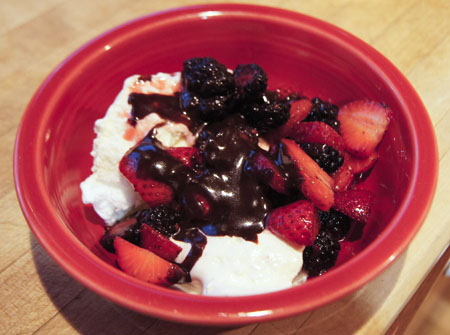 Yum yum yum! It was pretty special to have our own homemade sauce.
Yum yum yum! It was pretty special to have our own homemade sauce.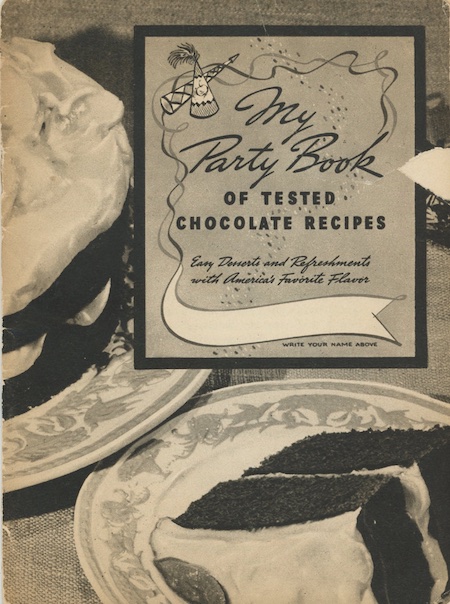
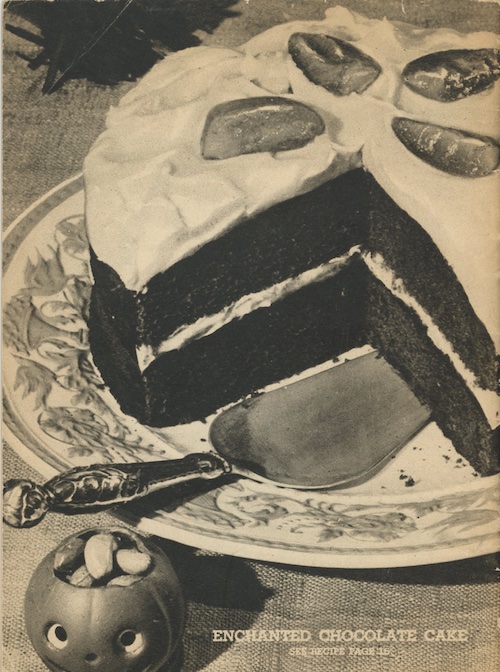
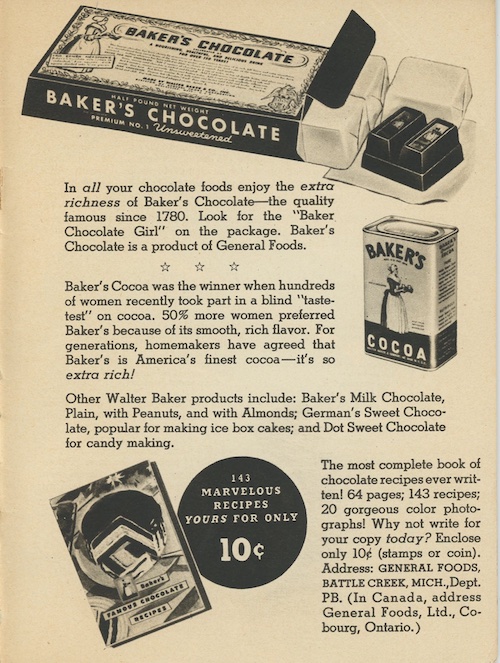

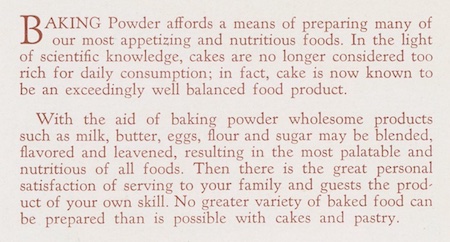


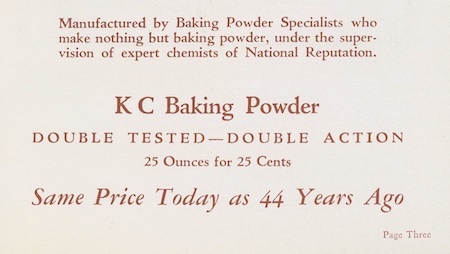 Jaques Manufacturing Company was given the Distinguished Service Award.
Jaques Manufacturing Company was given the Distinguished Service Award.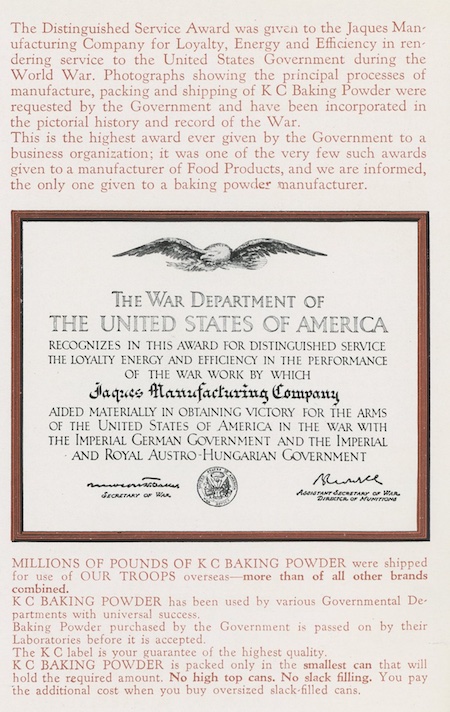
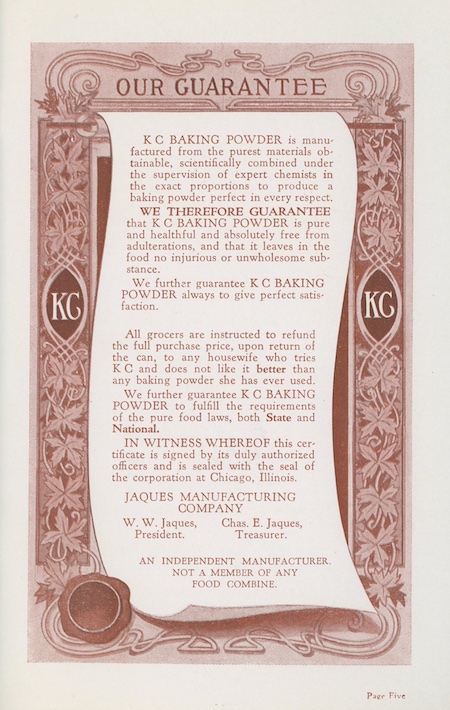

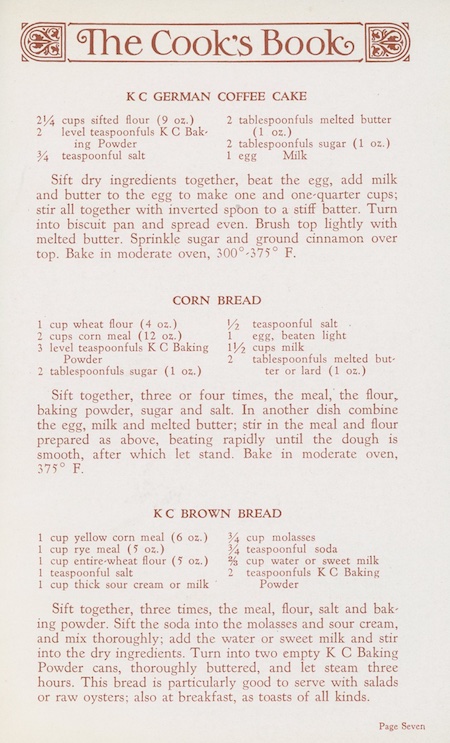
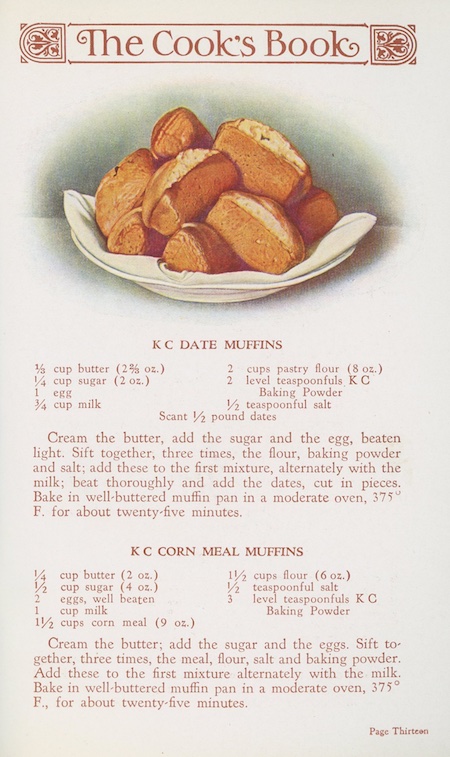
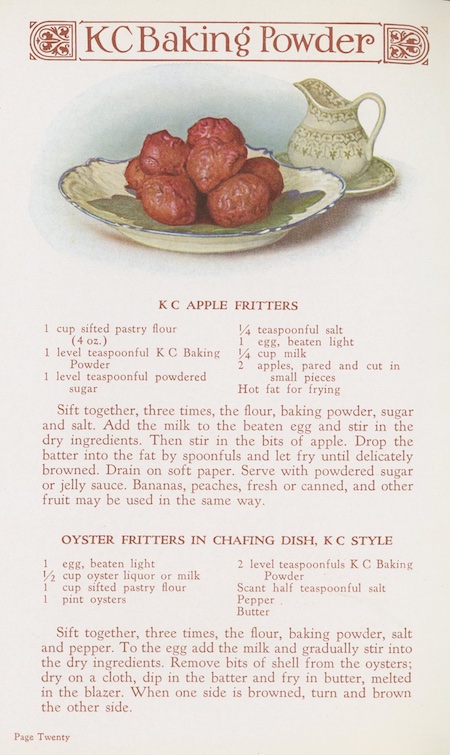
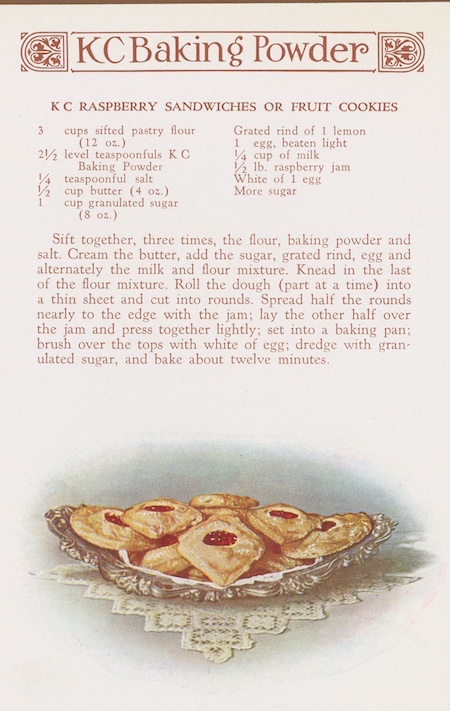
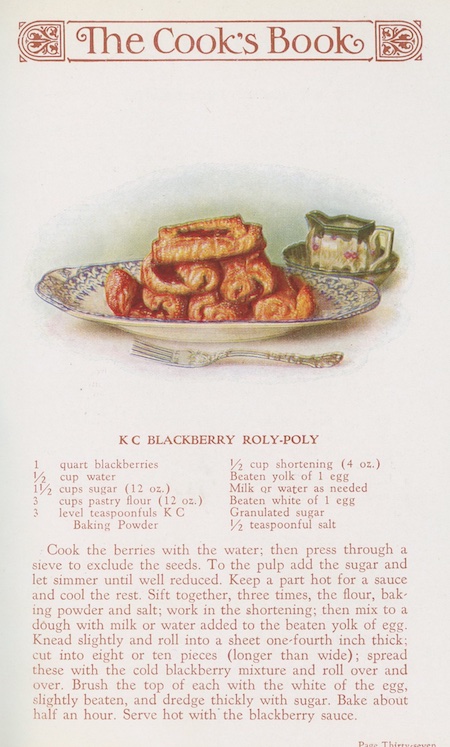

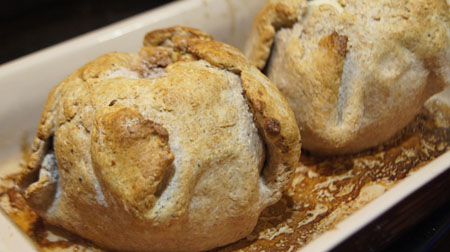
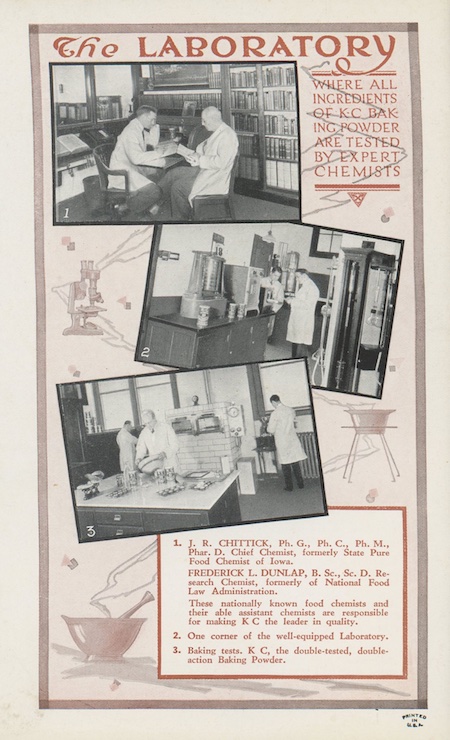
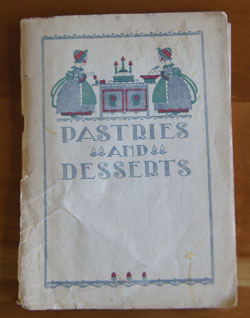 This might have belonged to my maternal grandmother. There is very little handwriting in it, but what there is looks like hers. Or it might have come from
This might have belonged to my maternal grandmother. There is very little handwriting in it, but what there is looks like hers. Or it might have come from 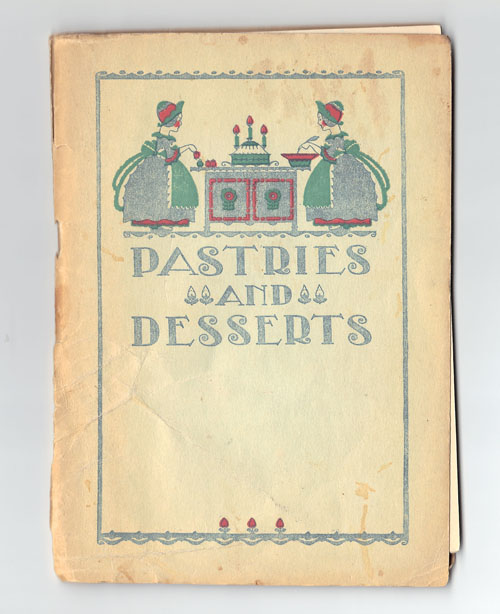
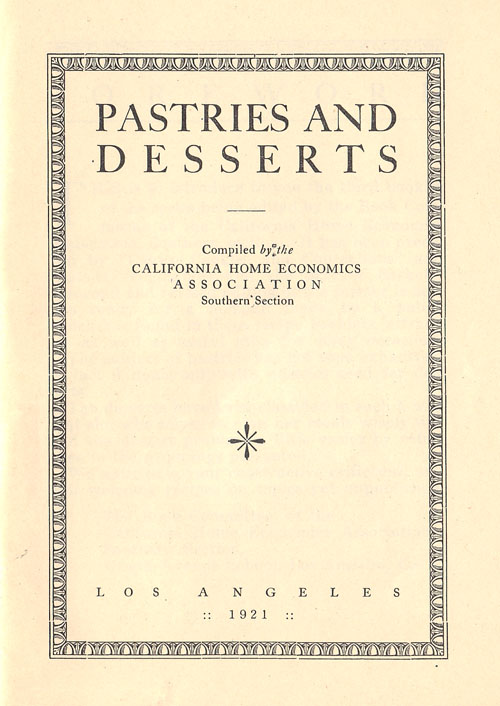
 The entire content has a pleasing typeface and layout, no typos, is well-organized with cross-references, and has a very useful index at the end. The content is by the California Home Economics Association, Southern Section, but who is responsible for the printing of this 1921 cookbook? I find “Press of Clyde Browne” and “Cover Design by Stanley Edwards” on the back cover:
The entire content has a pleasing typeface and layout, no typos, is well-organized with cross-references, and has a very useful index at the end. The content is by the California Home Economics Association, Southern Section, but who is responsible for the printing of this 1921 cookbook? I find “Press of Clyde Browne” and “Cover Design by Stanley Edwards” on the back cover: Clyde Browne, was a self-identified printer, according to a
Clyde Browne, was a self-identified printer, according to a 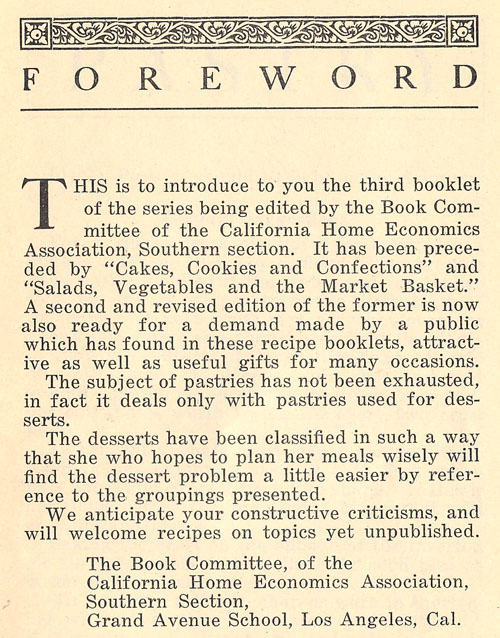 This foreword tells us that the
This foreword tells us that the 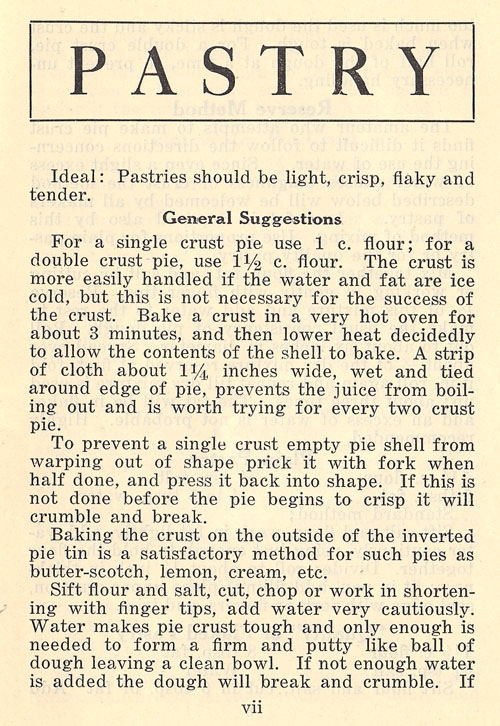
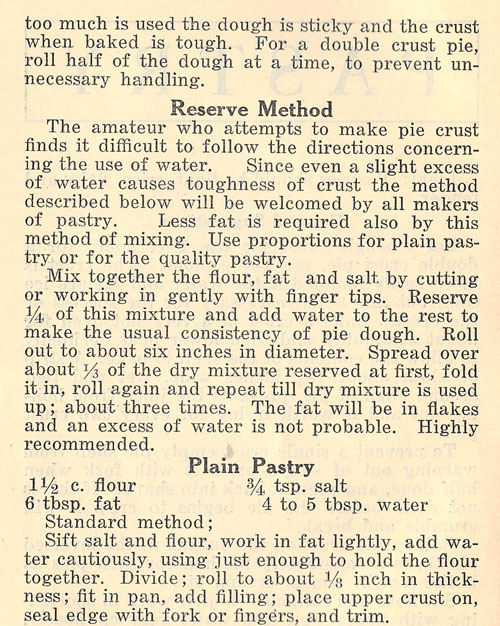 Note that besides the instruction “hot oven for 3 minutes”, no time is given for baking the crust. This is true throughout this 1921 cookbook. The baking recipes just say “cook until done”. Some of the recipes for steamed puddings have a designated cooking time, but the desserts cooked on the stove top do not.
Note that besides the instruction “hot oven for 3 minutes”, no time is given for baking the crust. This is true throughout this 1921 cookbook. The baking recipes just say “cook until done”. Some of the recipes for steamed puddings have a designated cooking time, but the desserts cooked on the stove top do not.
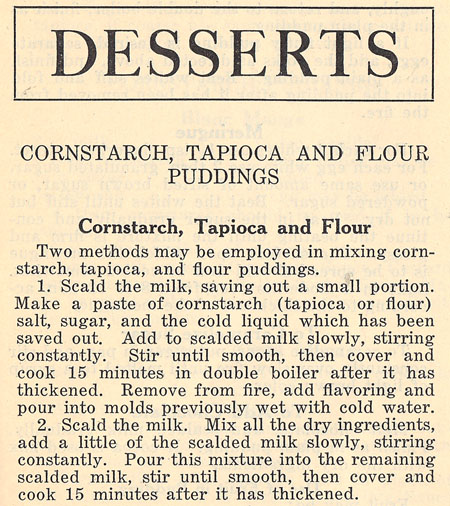
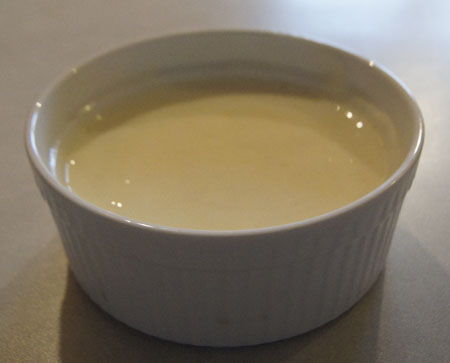 I made only three custard cups, and it served three people! It was so good – I hadn’t made it in years and it’s a comfort food to me. I put some sliced strawberries on top and served it with cookies. My grandson liked to dip those cookies in the pudding!
I made only three custard cups, and it served three people! It was so good – I hadn’t made it in years and it’s a comfort food to me. I put some sliced strawberries on top and served it with cookies. My grandson liked to dip those cookies in the pudding!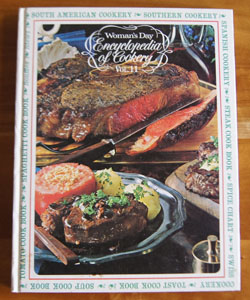
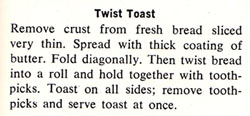 Sour Cream in its simplest form is “unpasteurized heavy sweet cream that has been allowed to stand in a warm place until it has become sour”. Commercial sour cream is made from “sweet cream chemically treated with lactic-acid bacteria to produce a thick cream with a mild tangy flavor”. The South American Cook Book begins with an interesting essay by Jean Gormaz on the widely varied cooking of this continent of many climates. Vatapa, a fish stew from Brazil, illustrates the variety of ingredients in South American cookery.
Sour Cream in its simplest form is “unpasteurized heavy sweet cream that has been allowed to stand in a warm place until it has become sour”. Commercial sour cream is made from “sweet cream chemically treated with lactic-acid bacteria to produce a thick cream with a mild tangy flavor”. The South American Cook Book begins with an interesting essay by Jean Gormaz on the widely varied cooking of this continent of many climates. Vatapa, a fish stew from Brazil, illustrates the variety of ingredients in South American cookery.
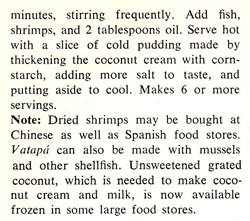 Cook books called Southeast Asian Cookery, Southern Cookery, and Southwest Cookery follow each other with no short entries between. (This volume of the Encyclopedia of Cookery sure has a lot of cook books in it.) The Southwestern cook book includes few dishes familiar to me, except chili sauce, tacos, and sopapillas. Carne Adobada is an example of a recipe I have never heard of before, and it takes days to make.
Cook books called Southeast Asian Cookery, Southern Cookery, and Southwest Cookery follow each other with no short entries between. (This volume of the Encyclopedia of Cookery sure has a lot of cook books in it.) The Southwestern cook book includes few dishes familiar to me, except chili sauce, tacos, and sopapillas. Carne Adobada is an example of a recipe I have never heard of before, and it takes days to make.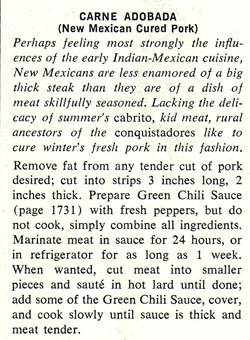

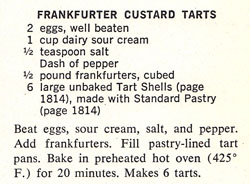 I would never make these, they do not sound tasty to me. And “taste” is an entry: “one of the senses of man”. Tea is honored with an essay by James Beard on “the pleasures of tea drinking”, and I like his era “B. T.” – before tea:
I would never make these, they do not sound tasty to me. And “taste” is an entry: “one of the senses of man”. Tea is honored with an essay by James Beard on “the pleasures of tea drinking”, and I like his era “B. T.” – before tea: Tetrazzini is a dish I discussed in
Tetrazzini is a dish I discussed in 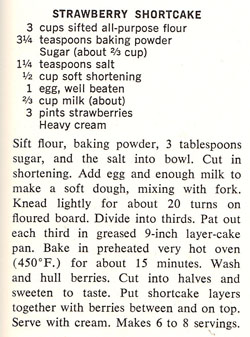 Why did I choose this recipe? I have been making strawberry shortcake for years. But I have always started with my mother’s basic biscuit recipe, and just added “a bit” of sugar. This is an actual “shortcake” recipe. Plus, I like the way the dough is rolled out into a big circle and baked in a cake pan. Saves a step in cutting out the biscuits. And finally, I had some strawberries in the refrigerator looking to be used!
Why did I choose this recipe? I have been making strawberry shortcake for years. But I have always started with my mother’s basic biscuit recipe, and just added “a bit” of sugar. This is an actual “shortcake” recipe. Plus, I like the way the dough is rolled out into a big circle and baked in a cake pan. Saves a step in cutting out the biscuits. And finally, I had some strawberries in the refrigerator looking to be used! Meanwhile, slice the strawberries and add a tablespoon or so of sugar. Stir and allow to macerate until you serve the shortcake.
Meanwhile, slice the strawberries and add a tablespoon or so of sugar. Stir and allow to macerate until you serve the shortcake.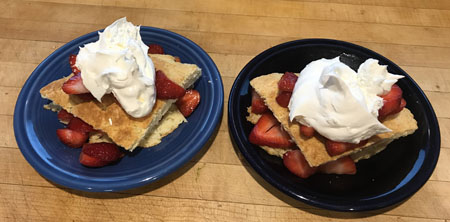 This was excellent! I like the egg in the dough, and I like rolling it into one circle instead of biscuits. My dining partner said “yum, but not enough!” I take that as a thumbs up.
This was excellent! I like the egg in the dough, and I like rolling it into one circle instead of biscuits. My dining partner said “yum, but not enough!” I take that as a thumbs up.
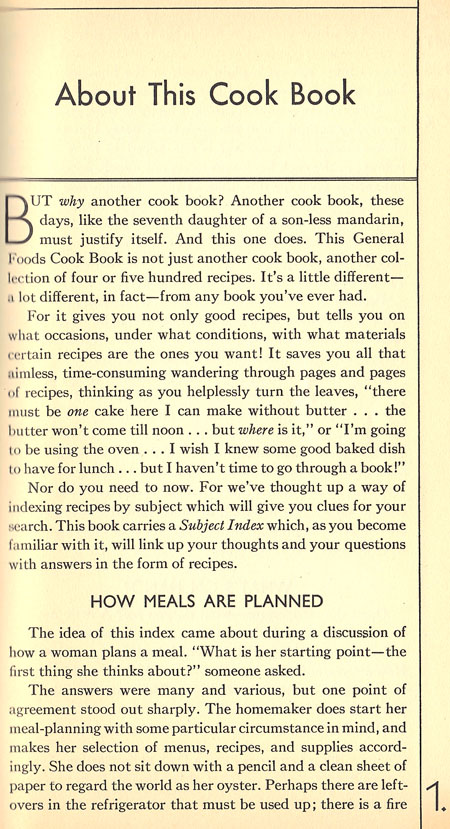
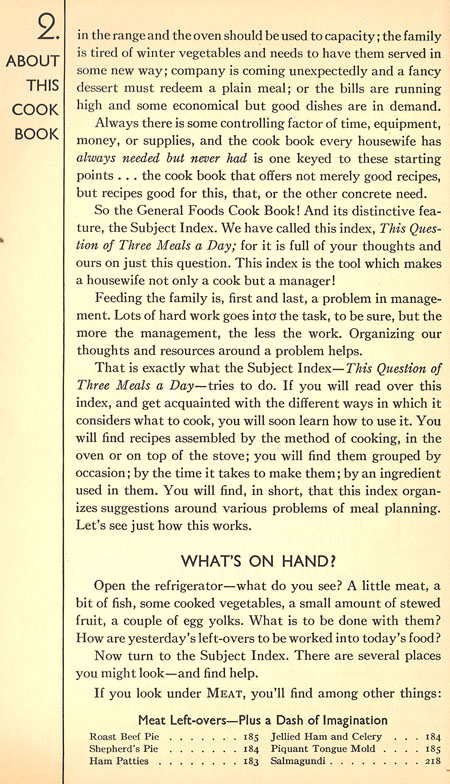
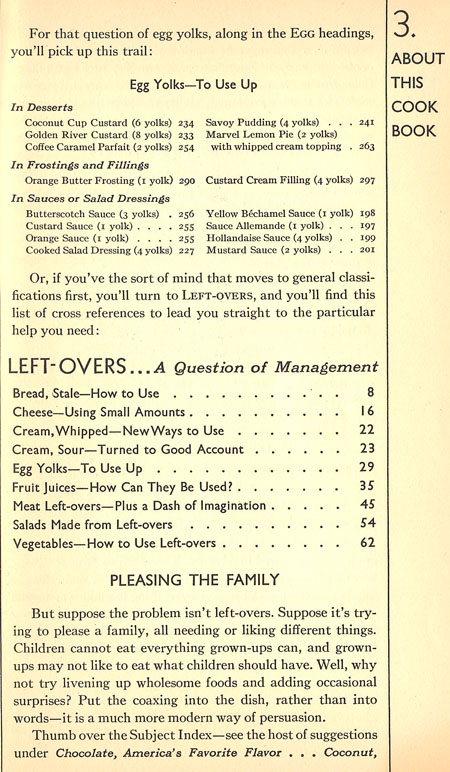
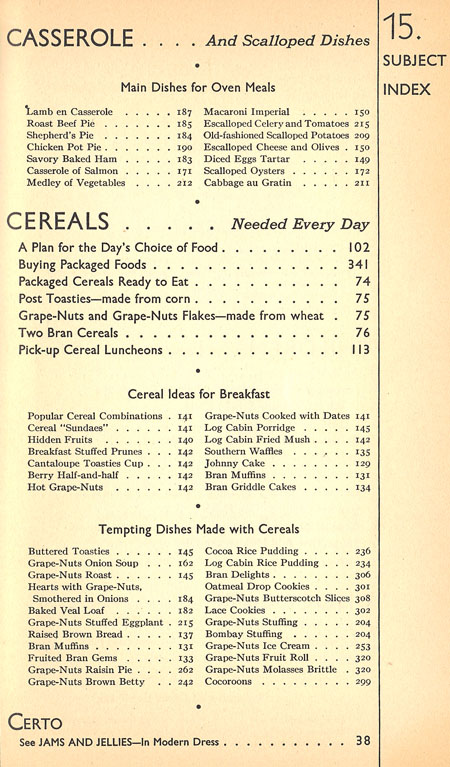
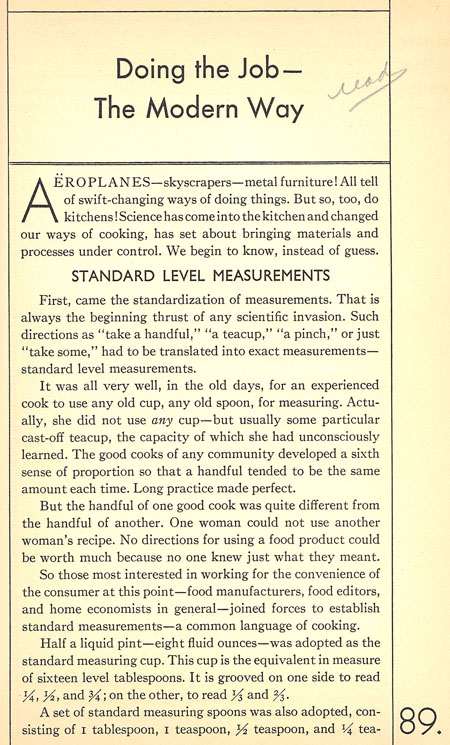
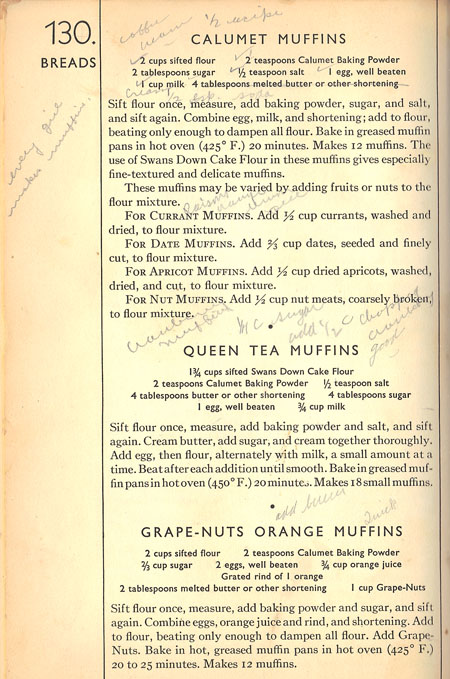 I’ll also make “Grape-Nuts Brown Betty”:
I’ll also make “Grape-Nuts Brown Betty”: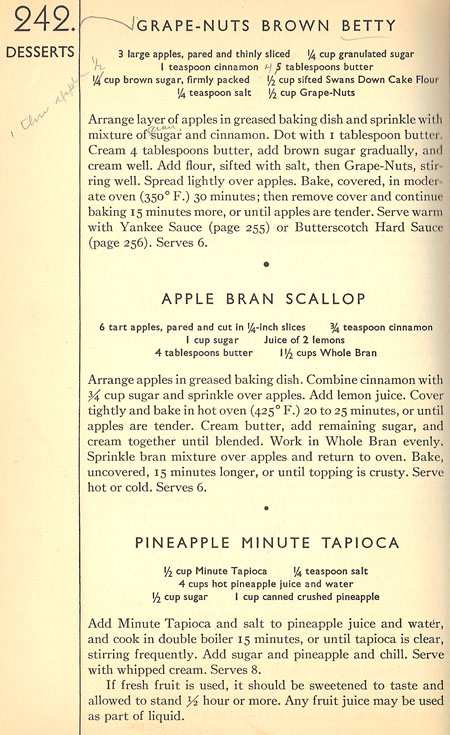
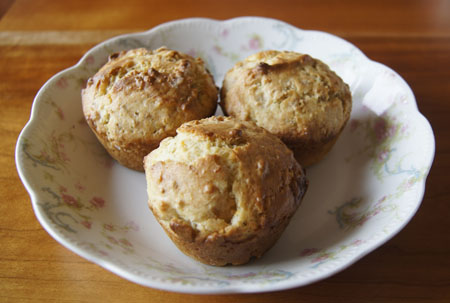 Grape-Nuts Brown Betty
Grape-Nuts Brown Betty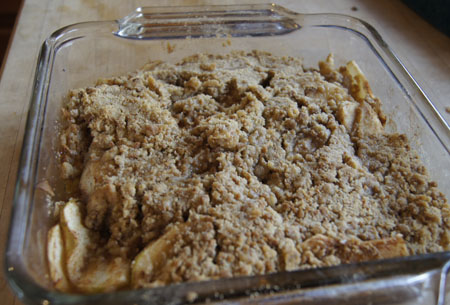 Both recipes were delicious!
Both recipes were delicious!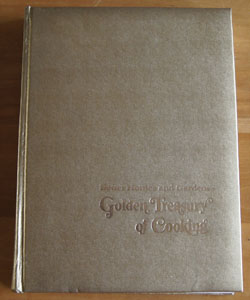


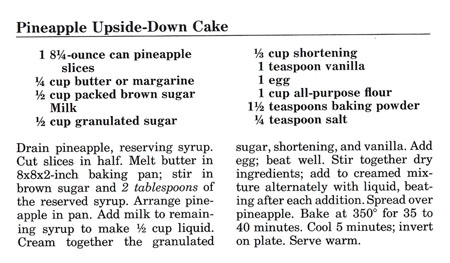
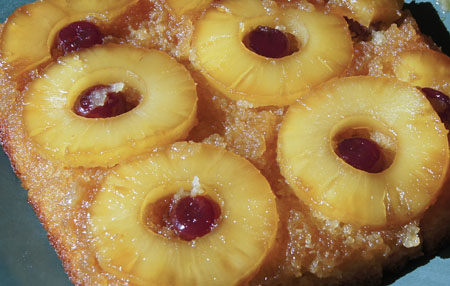 Oh yes, this was good! Pineapple Upside Down Cake has always been one of my husband’s favorite desserts. This new version was rich and sweet and very pineapple-y. Will I make it again, and do I recommend it? Yes to both.
Oh yes, this was good! Pineapple Upside Down Cake has always been one of my husband’s favorite desserts. This new version was rich and sweet and very pineapple-y. Will I make it again, and do I recommend it? Yes to both.